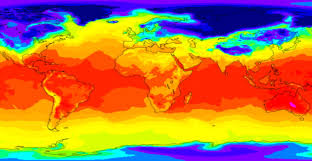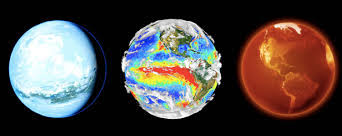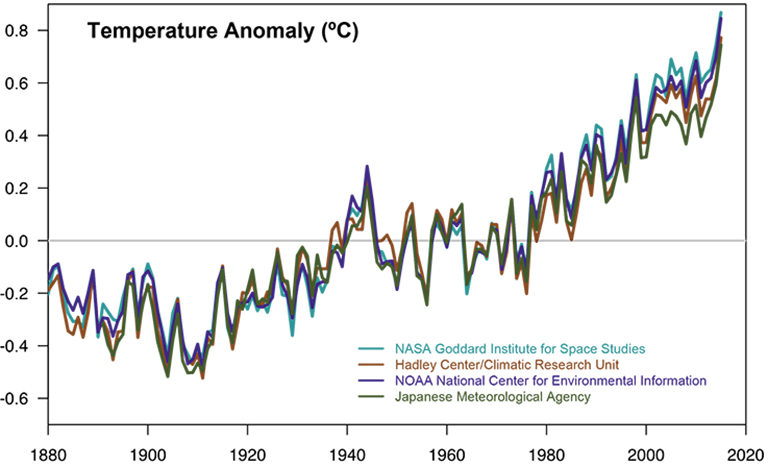
Climate Science has been around for a while. The majority of people on the planet have an understanding. But why do more people not pay attention? We understand that there is big money in fossil fuels. They pay a lot of money to prevent their profits from diminishing. But the science is real. A quick study of the data available can prove it. Not many people on the planet understand how a plane works. How it can take off and land safely. But the first time you stepped on a plane – did you research the science behind it? Or did you trust in the expert?

By the late 18th century, scientists began to find evidence of cyclic changes in the climate over long periods of time. In 1824, Joseph Fourier recognized that our atmosphere kept the planet warmer than it otherwise would be in a vacuum. By 1856, Eunice Newton Foote examined the warming effect of the sun, and how this increased with the presence of carbon dioxide. By 1859, John Tyndall linked hydrocarbons (such as methane and carbon dioxide) with the absorption of infrared radiation and found them to strongly block the radiation.
During the 1890’s, Samuel Pierpoint Langley attempted to measure the surface temperature of the moon and found weaker measurements when the moon was lower to the horizon, continuing to prove the work of the previous scholars in infrared radiation absorption. In 1899, Thomas Chrowder Chamberlin wrote a book “An Attempt to Frame a Working Hypothesis of the Cause of Glacial Periods on an Atmospheric Basis” that discussed the idea that changes in atmospheric carbon dioxide will result in changes to the climate.
At the start of the 20th century, several scientists and engineers continued working on and finding measurements to support the greenhouse effect theories, however most scientific opinion continued to dispute or ignore the theory. By the 1950’s, there slowly began increasing concern for the potential of man-made climate change. Scientists studying CO2 absorption rates found that the Ocean had limited ability to absorb. The 1960’s found evidence in deep sea cores and corals that our climate system was sensitive to small carbon changes and could easily transition from a stable state.
In 1969, NATO had planned to examine climate change by establishing a center for research in the area of the Greenhouse effect (among others). 1970 brought the first United Nations Conference on the Human Environment and later that decade a shift in academic literature that predicted global warming far in excess of global cooling.
The first World Climate Conference was held in Geneva in 1979 and concluded that it was plausible that an increase of atmospheric carbon would contribute to global warming, be detectable at the end of the century and significant by the middle of next century. A US National Research Council report concluded similar findings that if atmospheric carbon was doubled then global temperatures would increase by 2-3.5 degrees Celsius, and there were no physical effects that could reverse the estimated global warming.
Finally by the 1980’s, a consensus began to form as the scientific community rallied around Climate Science. Chlorofluorocarbons (CFCs) were found to not only deplete the ozone layer but also together with methane and other gases, significantly contribute to climate change.

Credit: NASA’s Earth Observatory.
Since then most of us have been alive to witness more and more scientists show concern for the effects of man-made climate change. And while there is yet to be complete agreement on climate science*, just like getting on that plane, there have been enough experts to let us know we need to act now to protect our future. The FAA was caught out when they were shown not to have the required expertise to approve the Boeing 737 MAX8 for the air. So why should anyone believe climate science deniers that are funded by fossil fuel companies?
*For those that need absolute consensus, I’ll remind you there is not yet a complete agreement on whether the earth is round.



